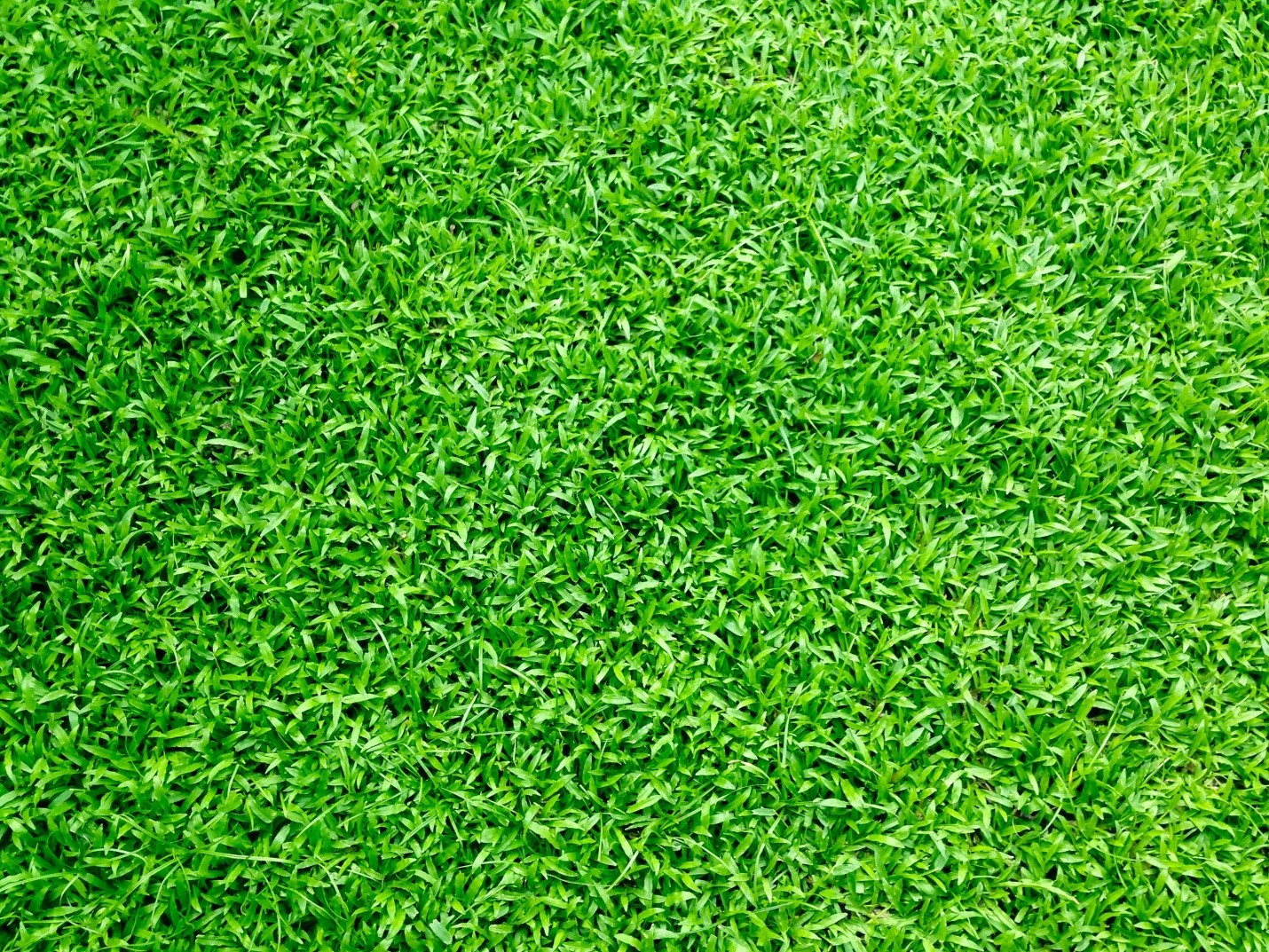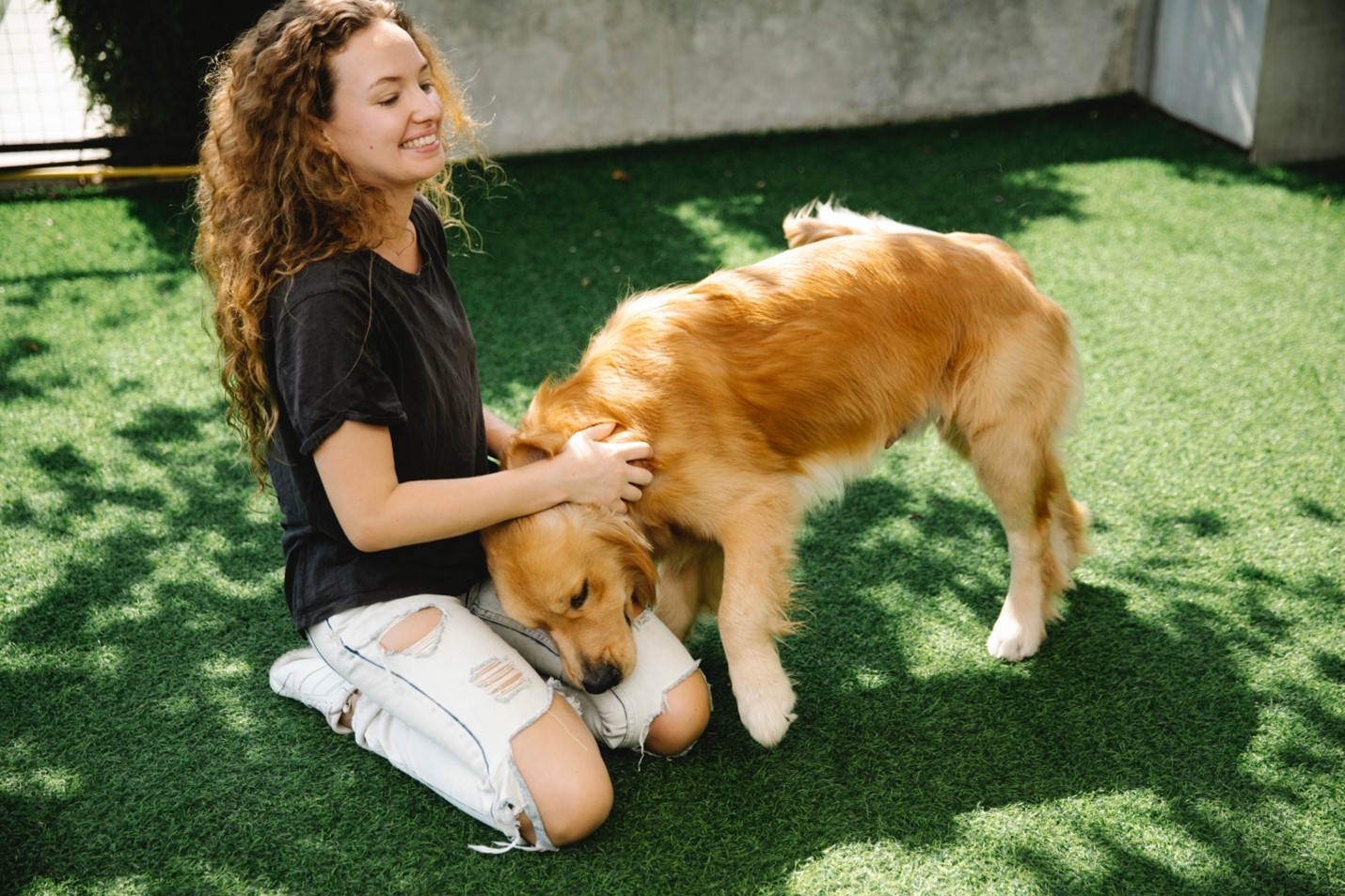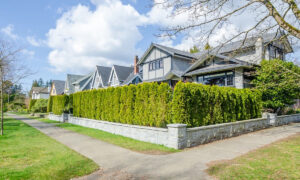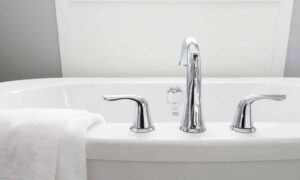To learn more about the history, application and health concerns of artificial turf, we’ve put together this brief primer. The following sections cover the Background, Materials and Applications. Finally, we look at Health concerns. We also highlight the benefits of artificial turf.
Here are some of the most important aspects of artificial turf that you should know.
Materials
There are many different types of materials used for artificial turf. For example, the cushioning systems for artificial turf are typically made of polyester foam or rubber compounds. In some cases, recycled tires are used as the rubber base composition. Click here to learn more about the eco-friendly benefits of using recycled tires.
The grass portion of the turf system is made with tufting techniques. The density of these components is important because it reduces the amount of float of the infill particle when the turf is wet.
Another type of material that is popular for synthetic turf fields is cork. The material is natural and does not contribute to pollution. Cork is an excellent choice for this type of field because it is low in weight and sloughs off with rain and wind. However, cork is not available in unlimited quantities.
However, cork can be used in artificial turf fields if the infill is made from wood chips. It is also highly recyclable and biodegradable.
Another type of material that is commonly used for synthetic turf is polymeric fibers. These fibers are interspersed among granular infill. Some infill consists of a thermoplastic polymer, while others contain cellulosic fibers.
The thermoplastic polymer serves as a matrix for the other components of the synthetic turf. Some infill also contains optional composite particles such as ultraviolet absorbers, blending agents, biocides, and colorants.

Applications
Although the applications of artificial grass are traditionally restricted to sports fields, football grounds and mini-golf courses, the industry has recently branched out into the general community of the urban population. This is in large part because of the growing demand for attractive artificial lawns.
Furthermore, artificial grass eliminates the need for harmful fertilizers and pesticides that can damage natural grass. One of the most common is glyphosate. Click the link: https://www.fda.gov/food/pesticides/questions-and-answers-glyphosate to learn more about this harmful chemical. In addition, many homeowners are now willing to spend money on playgrounds and gardens that make use of man-made grass.
Although some people are opposed to the use of man-made grass, its benefits outweigh any possible cons. In many cases, these grass surfaces can be installed in commercial spaces and provide a comfortable place to live. Moreover, they can also be used in playgrounds and backyard living areas.
With a variety of applications, man-made grass is the ideal solution for any landscape problem. The technology behind the material makes it a practical and convenient solution for landscaping.
Health concerns
One of the major issues surrounding the use of man-made grass in is health. According to a recent article published in USA Today, there are at least 10 studies on the effects of lead exposure on human health and the risk of cancer. However, more research is needed to determine the full extent of these concerns.
Despite the many risks of exposure to synthetic materials, previous studies have concluded that the risks of carcinogens are minimal. The study of a recent California study found that there is no association between the density of man-made grass fields and the risk of lymphoma.
While the synthetic material is known to contain PAHs, multiple lines of evidence indicate that these compounds do not easily release and are absorbed into the body. Despite the numerous health concerns surrounding the use of man-made grass, the US Consumer Product Safety Commission approved its use on indoor fields in 2008.
A study published in 2011 by the Washington Department of Health found that a flammable synthetic grass field contained petrochemical products, including flame retardants. Moreover, researchers discovered that the field was a source of MRSA infection, a type of staph that is resistant to many antibiotics.
Environmental impact
There are some significant benefits of synthetic grass when it comes to the environment. Not only does it reduce water use, it also eliminates the need for harsh pesticides.
However, the biggest environmental impact of man-made grass is the waste generated in its manufacturing process. A field can contain as much as 225 tons of infill, which means that improper disposal can lead to pollution. However, because the infill can be recycled or reused, there are other ways to lessen its impact on the environment.
To recycle this material, it must be separated from the polymers, which makes it more complicated than recycling other materials. Although some parts of the man-made grass are reused in their original forms, other parts are recycled as raw materials for other products. These raw materials include synthetic lumber and molded plastic products.
Infill material can be used for sound barriers, road bases, and highway construction. But unfortunately, only a handful of recycling operations have the purity required to reuse materials for comparable purposes. This means that the materials are used for lower-grade applications.
Another important difference between natural and artificial turf lies in the amount of time they’re used. Natural turf is only used for 480 hours each year, while artificial turf is used for more than 1,600 hours a year.
However, because artificial turf requires much less water and maintenance, they have less impact on the environment than natural turf. You’ll find that Southern Turf Co. Austin artificial grass requires very little upkeep, especially in comparison to traditional lawns. Additionally, natural turf has a cooling effect on the surrounding environment. Water use is one of the biggest environmental problems facing our world today. The upkeep of natural lawns consumes as much as 7 percent of California’s water supply. While it is true that artificial grass uses almost zero water, its use can still add up to a significant financial burden for homeowners. Its benefits are well worth the money it costs.








